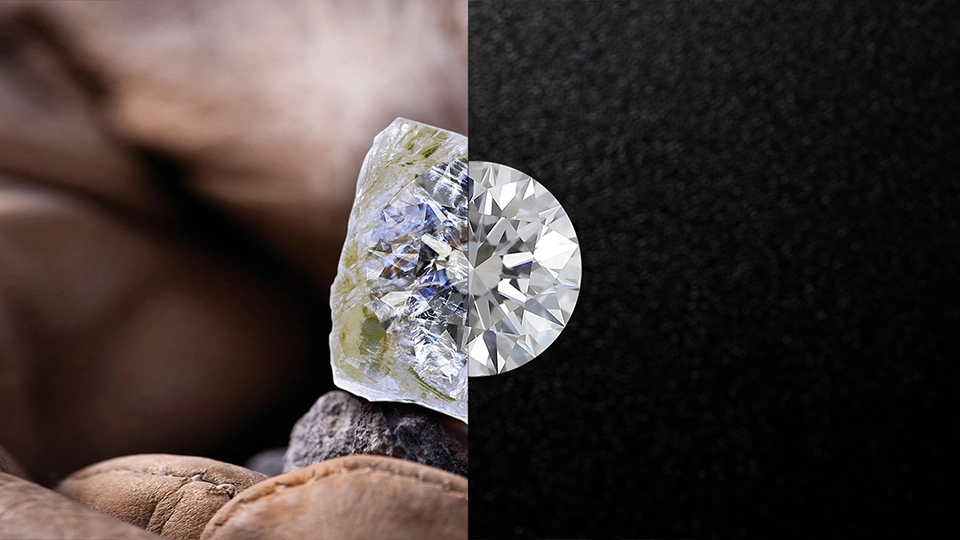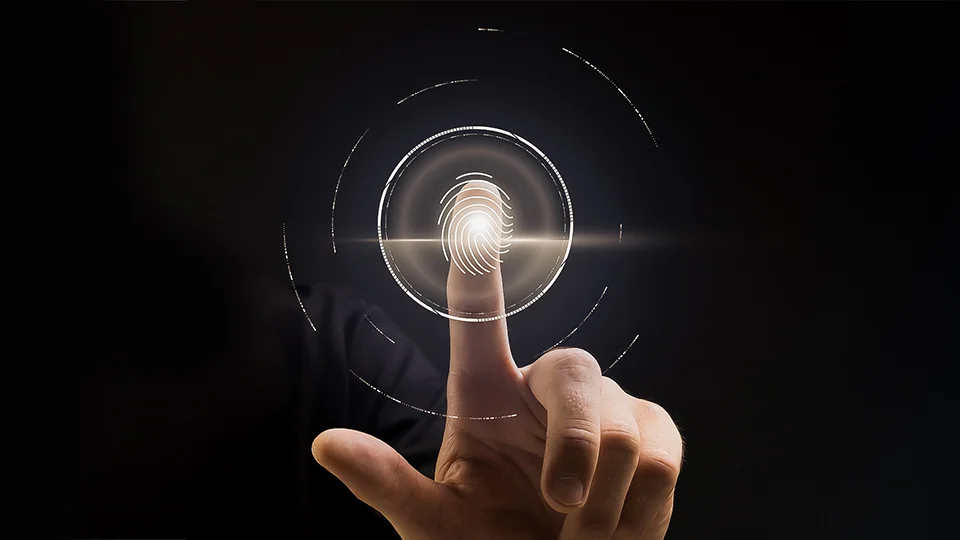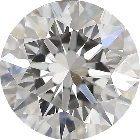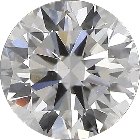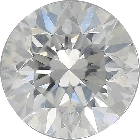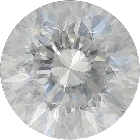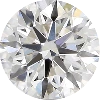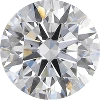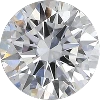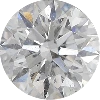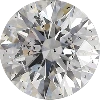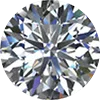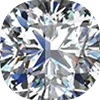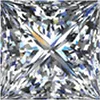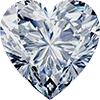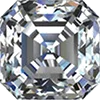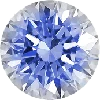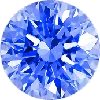DIAMOND COLOR
A diamond's color is the soft tint of shade of yellow/brown that is seen inside the diamond. All diamonds on the GIA D through Z scale are considered white although on the lower end they can have a tinge of yellow color. Color is a natural element in diamonds. The more yellow/brown the tint of color, the less the sparkle of the diamond because light performance/reflection is reduced. Color is essentially a visual distraction that affects sparkle. The grade is a representation of how much that color shade can be seen. Diamond color is graded by evaluating the body color of the diamond on a pure white background, face down. From face up, color is harder to identify...
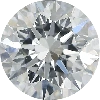
DEF
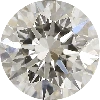
GHIJ
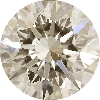
KLM
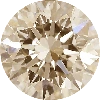
NOPQR
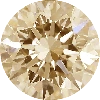
S-Z



